"[caption id="attachment_30267" align="aligncenter" width="2362"] Striking new aero.[/caption] We've been fans of Jaguar for a very long time now, but when the Solihull stars announced the Jaguar XKR-S GT a couple weeks back we were instantly sent into "
50 years of Jaguar XJ
50 years on, the XJ still purrs
The XJ was the last Jaguar that company founder Sir William Lyons personally oversaw; a super-saloon to join the company ranks, alongside motoring greats like the E-type and the Mk2.
It was revealed to the public, in the form of the XJ6, in 1968, a year after Jaguar dropped the Mk2. It rapidly became a success and, such were the carefully combined ingredients of the early XJs that the car retained the fundamental DNA of the launch model until 1992.
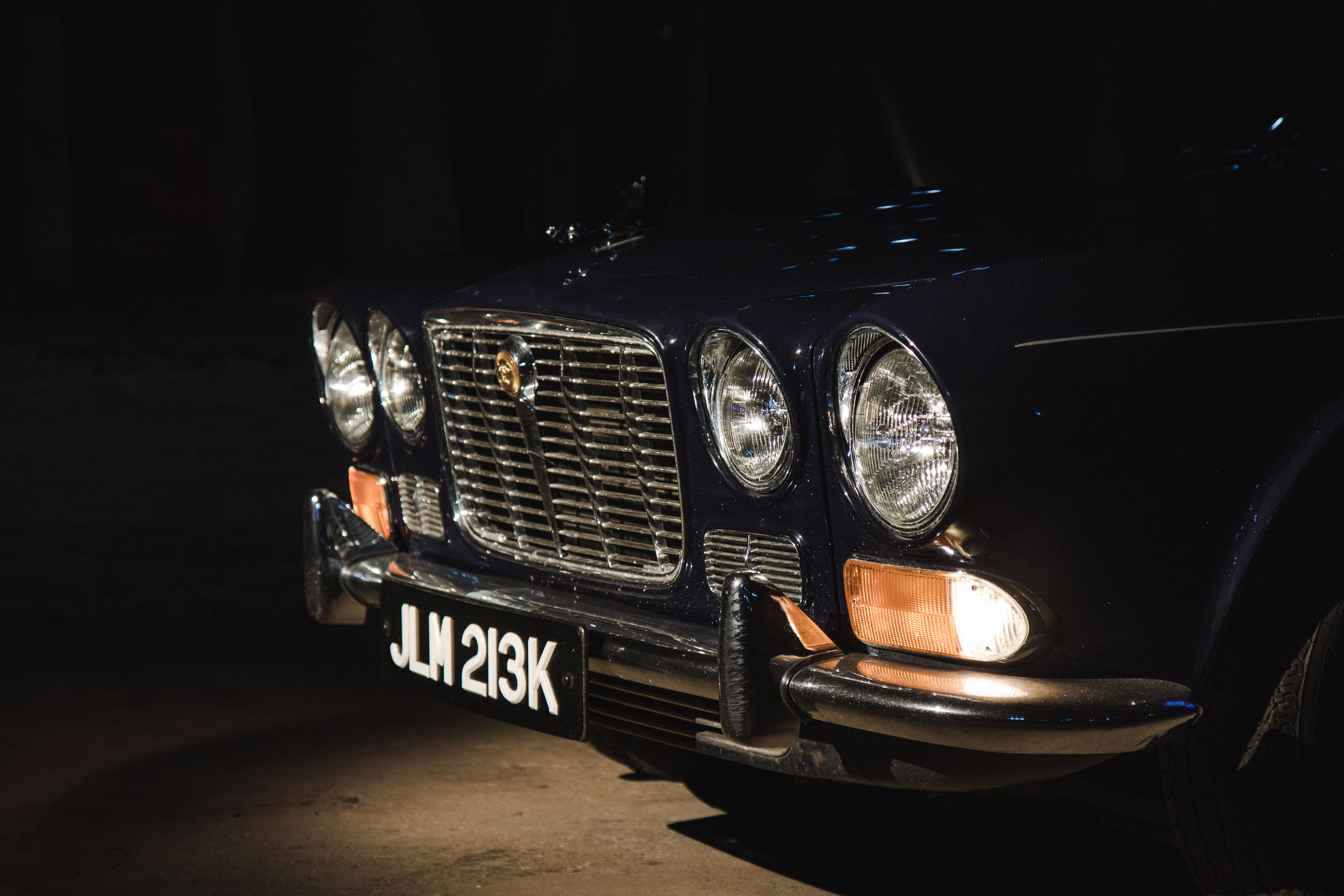
Though the big Jag was elegant, quiet and unruffled it wasn’t an entirely seamless baptism for the XJ, as a series of small teething troubles, in relation to the engines arose in some early cars, around the launch. A V12 engine, that had been planned to go into the top models, was delayed and a V8 that was another power plant possibility was struggling with the kind of vibrations the Beach Boys weren’t singing about. Because of this the XJ debuted with two versions of straight six that had already been in the Jaguar stable, in the XK, for over 20 years. The new 2.8 litre engine that was used, married to the three-speed auto ‘box, was more than capable of delivering the drive needed though, while the Coventry firm were waiting for the V12 to be ready.
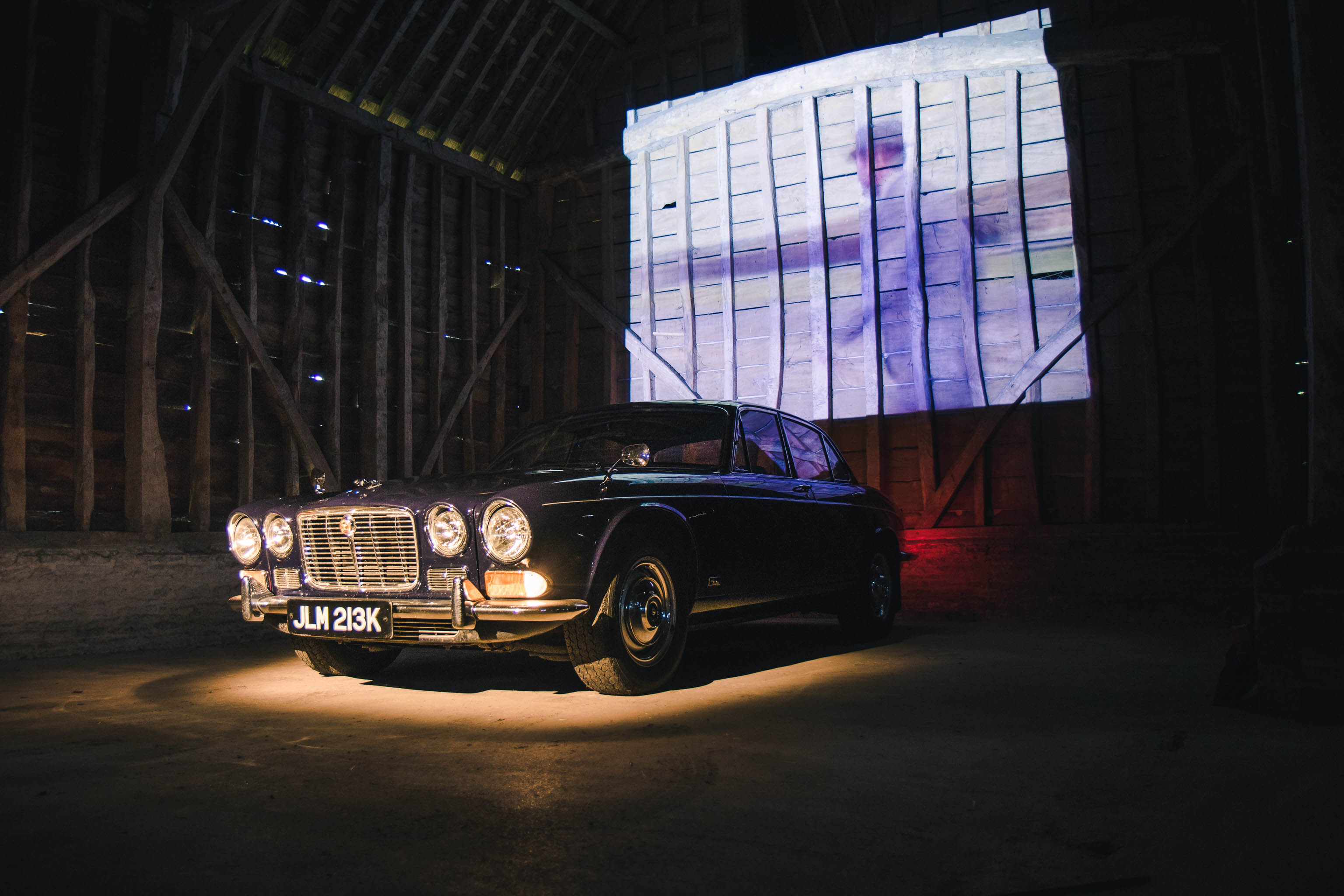
Talking about these early, Series 1 cars, XJ expert Robert Hughes of Robert Hughes Autos says overheating is and was a potential issue and that, “checking the flow rate of the radiator is an essential, when looking at an XJ, as some will not be running as cool as they need to.” Having seen every version of the Jag over the years Robert also points towards another potential concern, when looking at XJs from this period; “The straight six is a ‘long stud engine’ and the studs corrode and can snap, making any engine work more problematic.”
Despite these early niggles the XJ was something of a revelation to drive with a serene lack of cabin noise and poise on the road unmatched by its main rivals from Mercedes and BMW. Customers also loved the XJs long, low roof line, its power steering, beautiful leather interior, anti-dive suspension and even optional air-con; all of which made for the hugely favourable response the XJ got from the motoring press and public of the time.
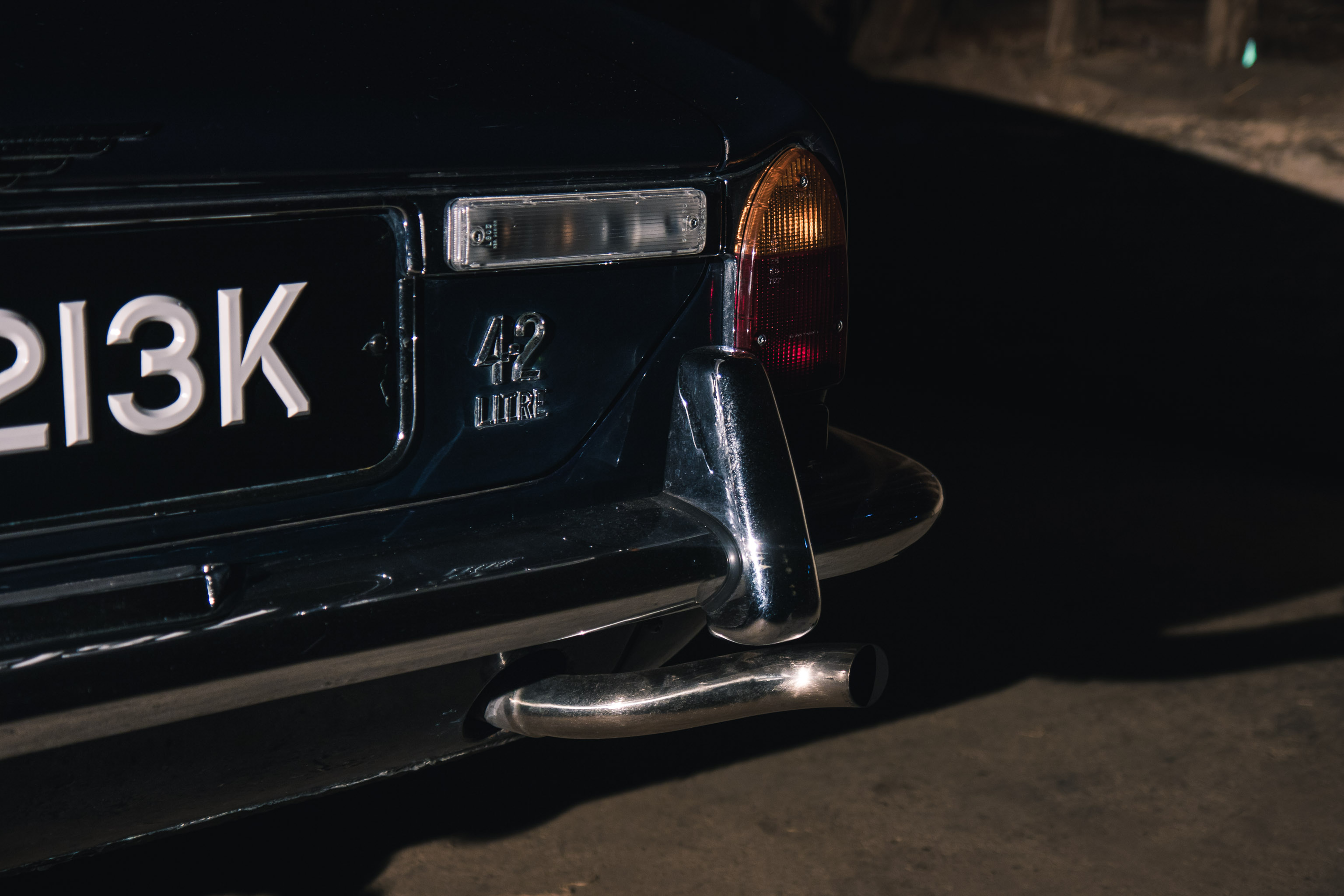
By 1971 the V12 lump originally slated for the first XJ was ready and was dropped into the Series 2. It was, in many ways, the engine the original car deserved; power was up by 105bhp but, more importantly in terms of the way these cars like to be driven, peak torque was doubled and appeared lower in the rev range. (The V8 that had been mooted was given balance shaft to quosh the vibration issue but by the end of 1971 the project was cancelled.)
Jaguar experts value the V12s as the cars to have from this period if you are driving on the motorway as the six cylinder, three speed auto is a little asthmatic above 70mph. As Robert Hughes says, “the cars were geared for economy, not speed, so from 60mph upwards the cars lose refinement.”
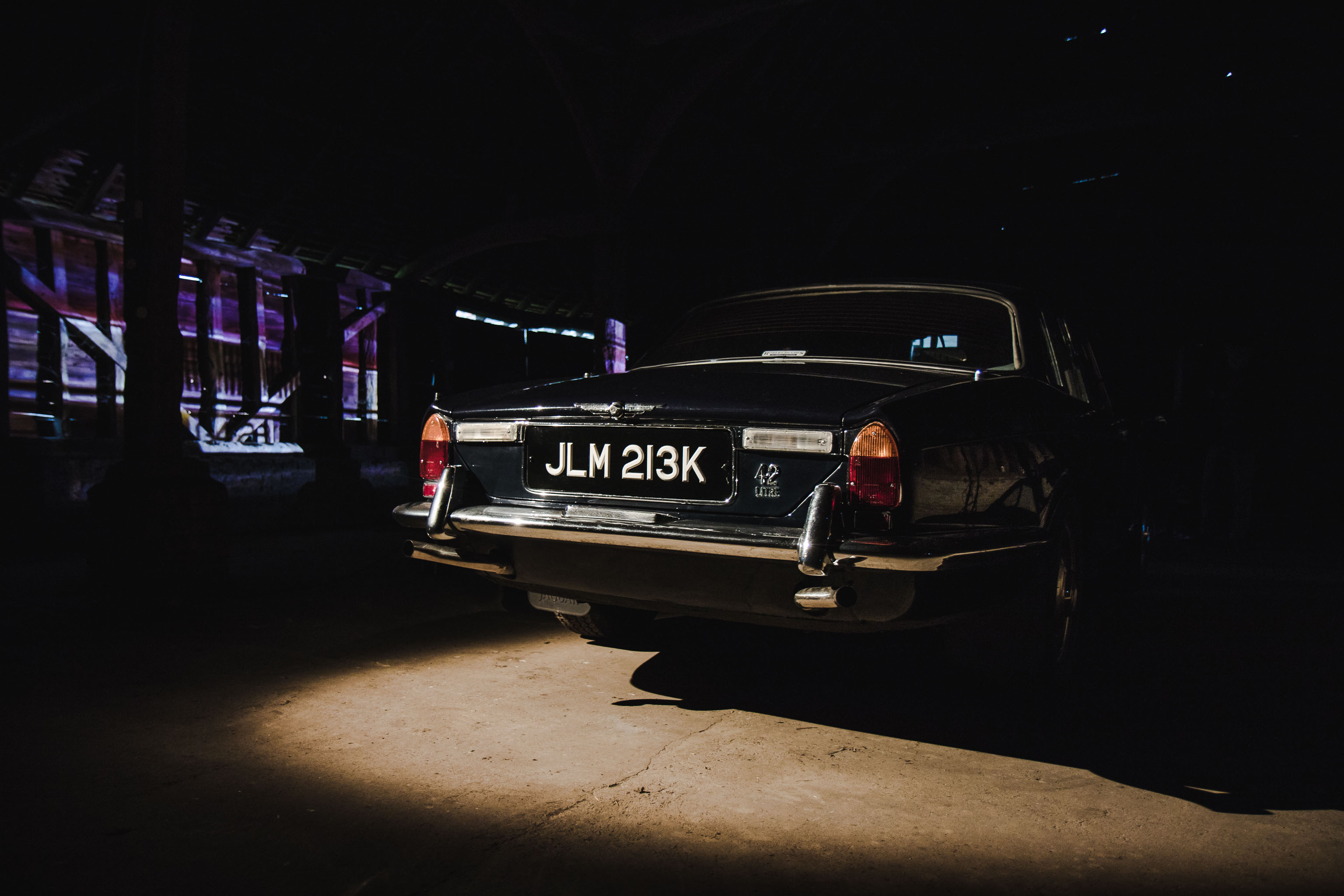
1973 saw the XJ revised, for the new crash tests in the US market, that demanded higher bumpers, and the 4-inch longer wheelbase (that had been an option on the Series 1) became the standard chassis length for the Series 2. A coupe was also promised but more development teething problems arose; this time Jaguar were struggling with bodyshell flex and being able to get the windows to seal. Even after the coupe was launched the vinyl roof would crack, due to the twist in the bodyshell (and the lack of B pillars) and most would still (and do still now) leak water around the windows in persistent rain.
Some cars were badged Daimler but were almost entirely unchanged from the Jaguar branded cars, subtle changes to styling requiring the buyer stump up the princely sum of £186 more than the sister car.
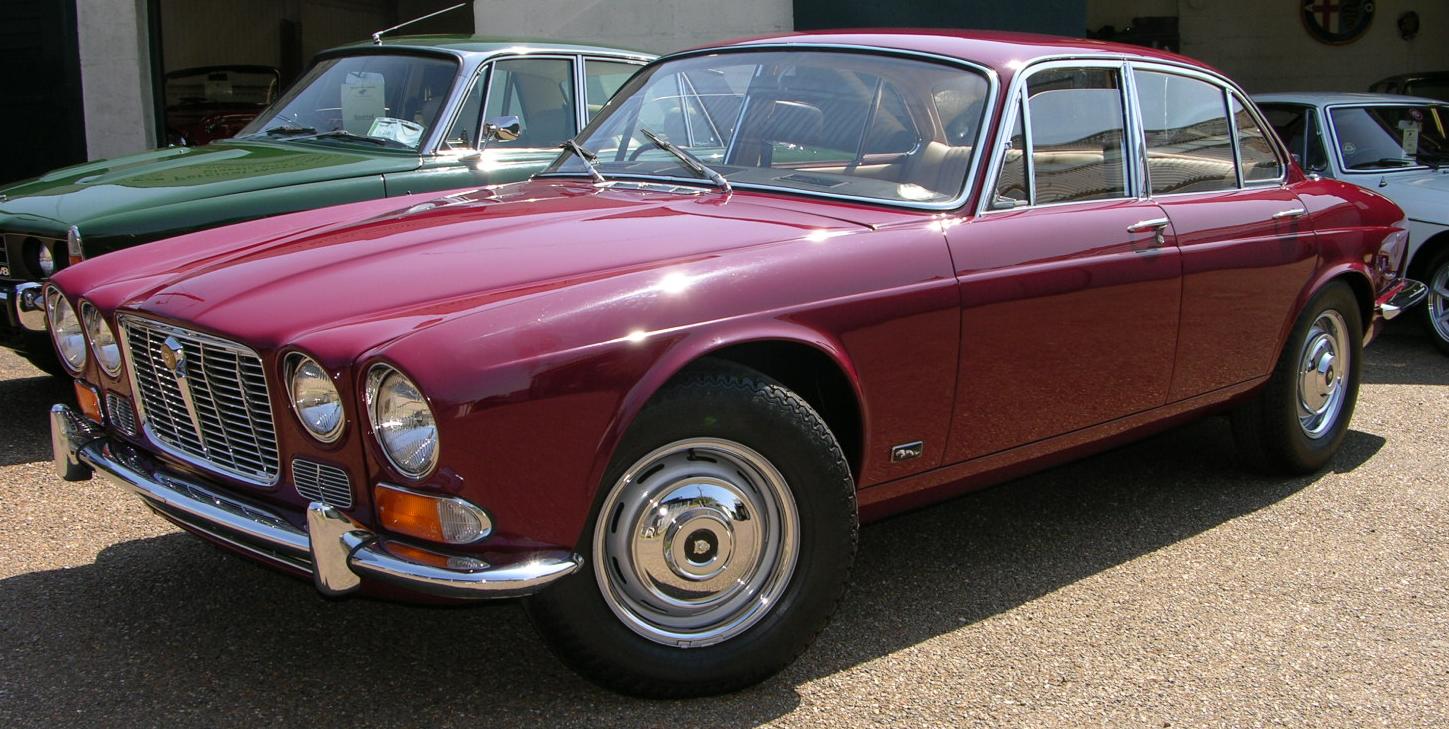
By the time the Series 3 arrived the V12 was producing nearly 300bhp, with Lucas fuel injection sorting some of the earlier fickleness of the Zenith-Stromberg carbs and increasing fuel economy, something that was at the forefront of minds, due to the fuel crisis of the mid-70s. In 1981, a further development to cylinder heads and pistons gave a much-needed increase on efficiency – pre fuel-injection V12s tended to give a wallet-wincing 10-12 MPG. Also changed was the styling and, although still subtle and much more ‘evolution than revolution’ it’s evident that Pininfarina reworked the top of the car, with one of the main benefits being headroom for passengers in the rear increasing.
During the mid-’70s Jaguar decided the old adage of ‘win on Sunday, sell on Monday’ was worth exploring and decided to take the XJ coupe racing. Jaguar, who were owned by British Leyland, were familiar with Ralph Broad’s eponymous race team Broadspeed, as they had won the British Saloon Car Championship for them in 1975, using another British Leyland stablemate, Triumph Dolomite Sprints.
For 1976 Jaguar commissioned Broadspeed for their attempt at the European Touring Car Championship, using the V12 XJC. Despite high hopes for the pairing the car only raced once that year, at Silverstone and, while undoubtedly quick (it qualified on pole) it experienced lots of reliability problems.
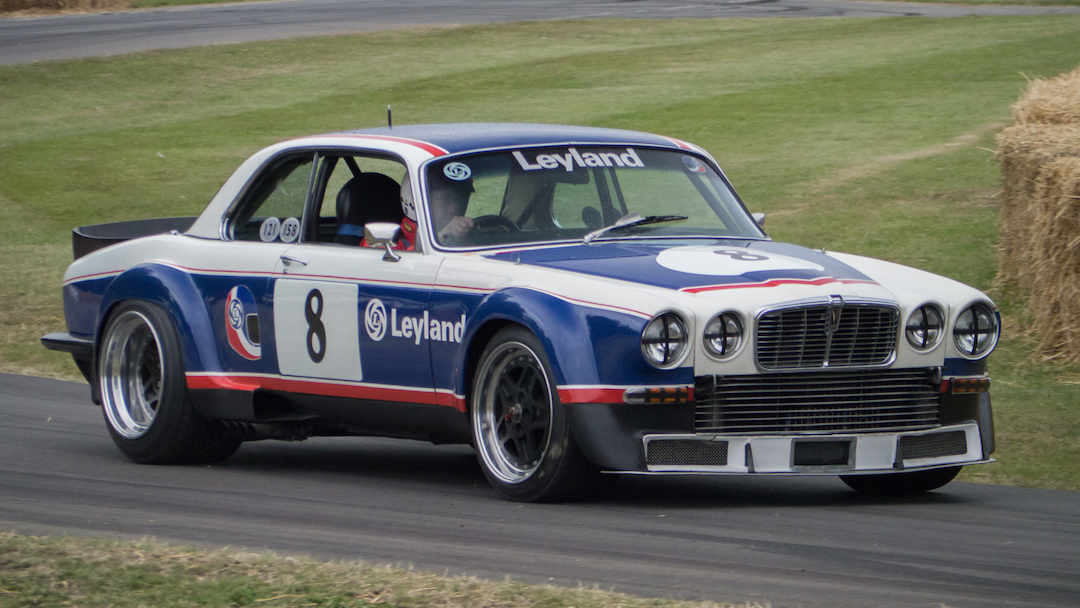
1977 continued in the same vein, despite being driven by the likes of future sports and touring car legends Derek Bell and Andy Rouse, the cars remained extremely fast but unreliable; at the Nurburgring the team managed to detonate no fewer than five V12 engines, in practice alone. Running deliberately very conservatively the Rouse/Bell car still finished the race second, giving it it’s best ever result. (The sister car, driven by Tim Fitzpatrick and John Shenken, finished the first lap of the race with a 20 second lead and, shortly afterwards on lap two, the V12 did what it was prone to do and distributed itself liberally all over the track.) Jaguar cancelled the project at the end of ’77, perhaps too early to turn the speed and potential of the car into a regular winner, by working through and curing its reliability problems.
A road-going replica of the muscle-bound XJ12 C Broadspeed racer was driven by hero John Steed in the 1970s TV show The New Avengers and his car, as a barn-find in need of complete restoration, made five times its estimate at auction in 2015, selling for a cool £62,000.
The next iteration of the road going XJ, the XJ40 was launched in 1986, at the British Motor Show, with the cars featuring a new inline six motor and with a company-wide emphasis on increasing the build quality of the product in evidence. The body panels were lightened which in turn created more stiffness in the chassis and a lowering of ambient noise in the cabin. The styling was overhauled too, with the XJ becoming squarer on the outside and featuring technological improvements inside, such as a digital dash.
In the background, during this period, Ford – who had long been looking for a luxury car brand to help it challenge the likes of BMW and Mercedes – bought Jaguar. Ford’s ownership quickly became apparent, from 1997 onwards, as Jaguar started to use some of the blue oval’s components on the XJs of the late-’90s.
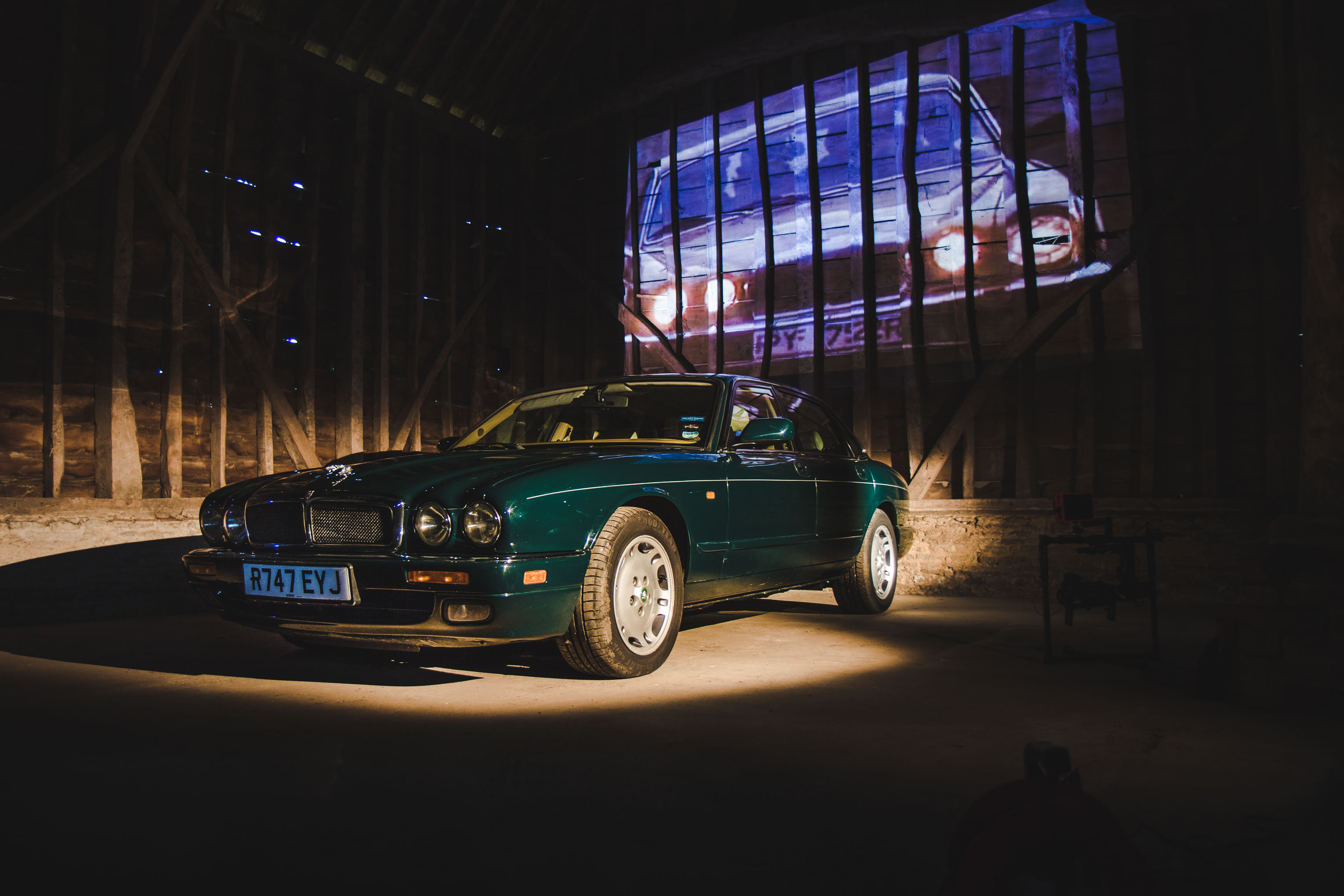
The next update to the XJ – the X300 – broke cover in 1994 and ran for three years. It included slightly consciously regressive styling, going back to the rounder headlights of the earlier Series XJs and was also notable for spawning the first ever XJR, the first time Jaguar had ever made a supercharged car.
The XJ 308, the X350, X358 would follow, over the next 12 years with various updates, including the new V8 engine in the 308 and an all aluminium body (made with approximately 3200 self-piercing rivets), a new six speed auto gearbox and air suspension in the X350.
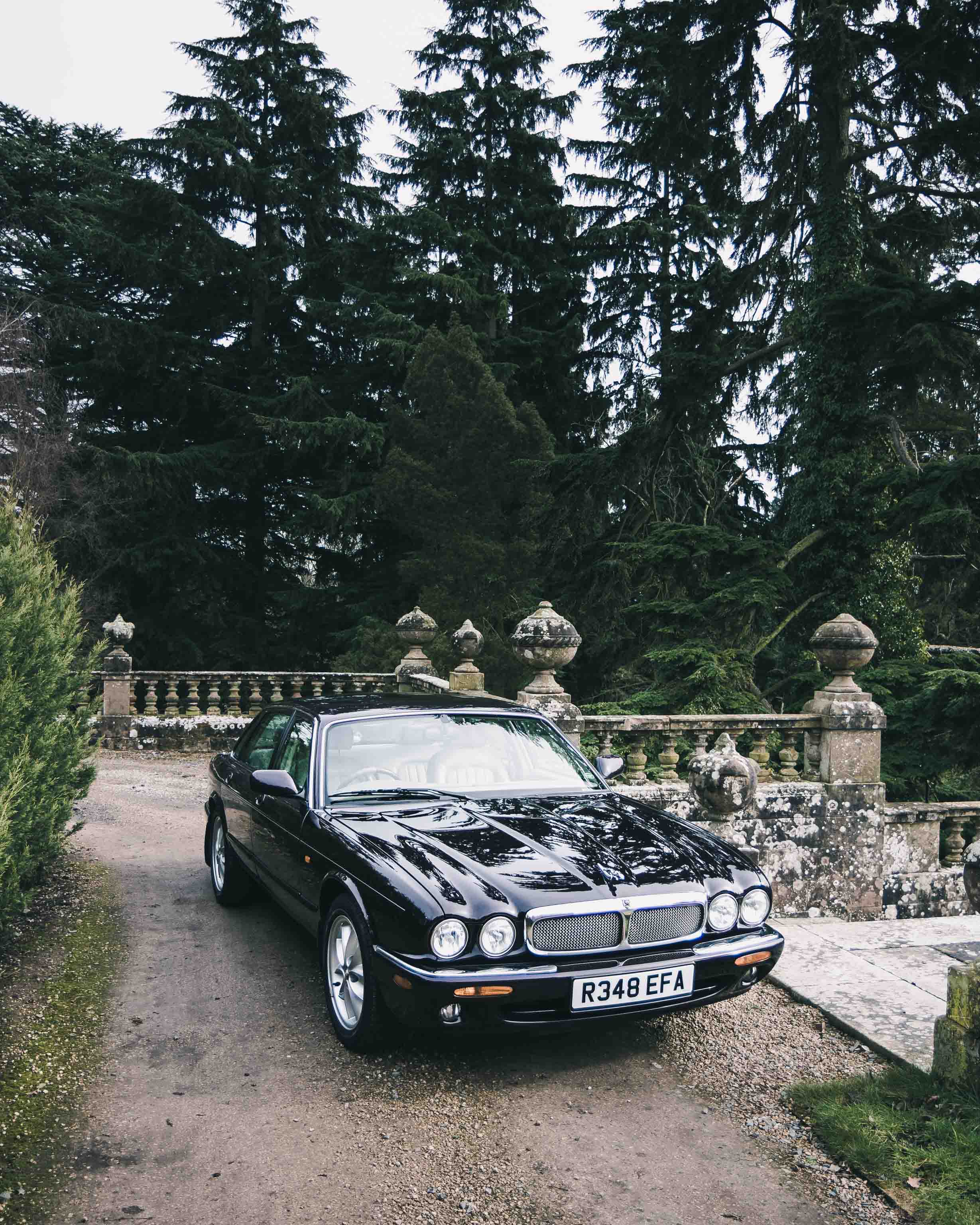
The X350 iteration of the XJ is probably best known, due to the enormous global success of the programme, for featuring in an episode of Top Gear. Jeremy Clarkson drove the diesel version from Basel to Blackpool Tower on only a single tank of fuel. Despite the claimed range of the car being 650-miles, in getting to Blackpool the man more usually known for shouting “power!” had actually driven 800 miles without running out of fuel. It subsequently turned out, after checking the tank, the Jaguar still had enough diesel to do another 120 miles, making its true range nearer 1,000 miles than the claimed 650, an amazing feat for a big, luxury saloon.
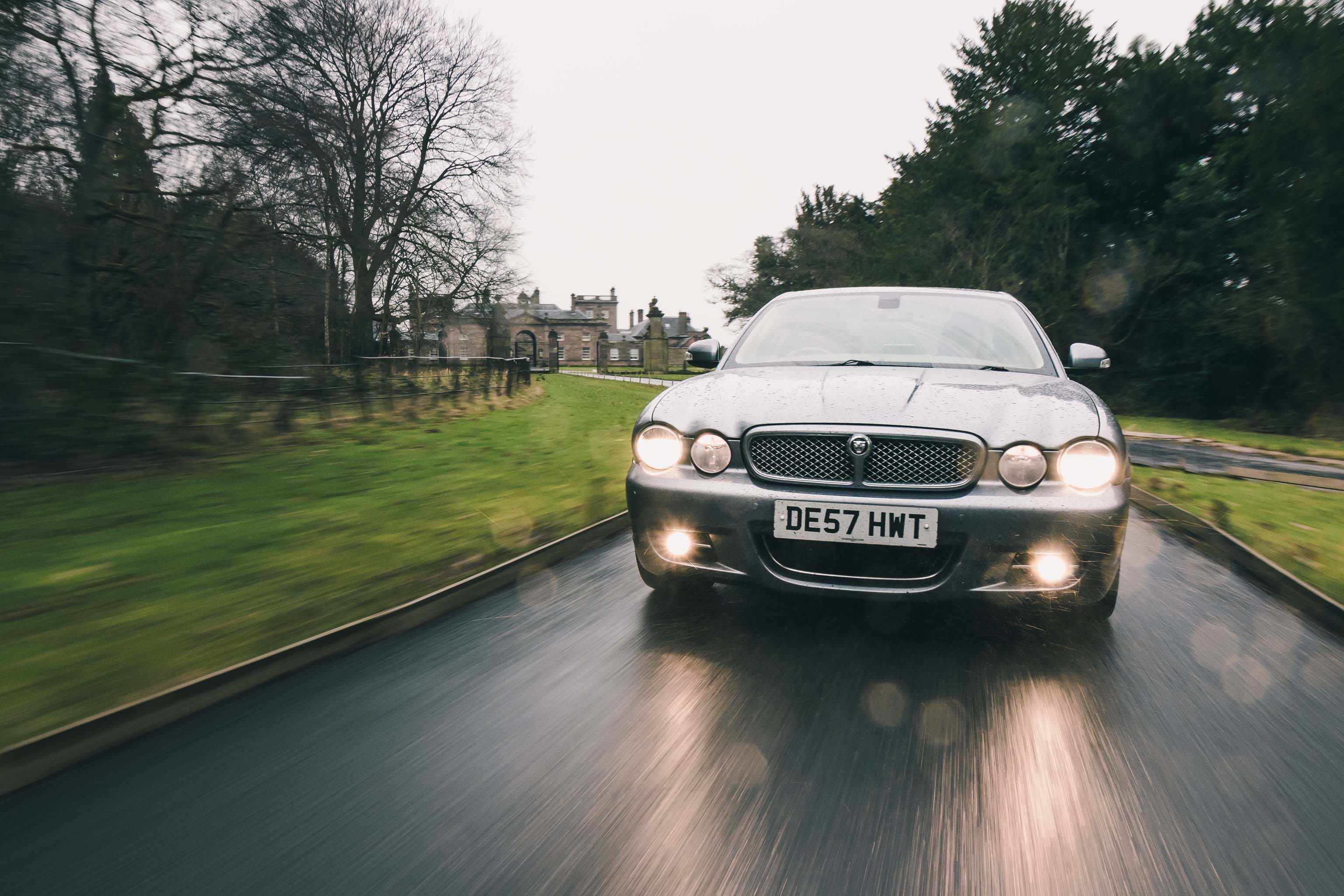
The completely new XJ X351, launched in 2009 in the Saatchi gallery in London, was a bold departure for Jaguar, in styling terms, and banished any semblance of historical similarity with its predecessors. Its futuristic outlook wasn’t just confined to the exterior though as its interior featured an all LCD dashboard, with virtual dials and different displays for the passenger and the driver. Some elements of XJ heritage were preserved though, including a nice nod to the past in that you could specify a long or short wheelbase version, just as you could with the original XJs.
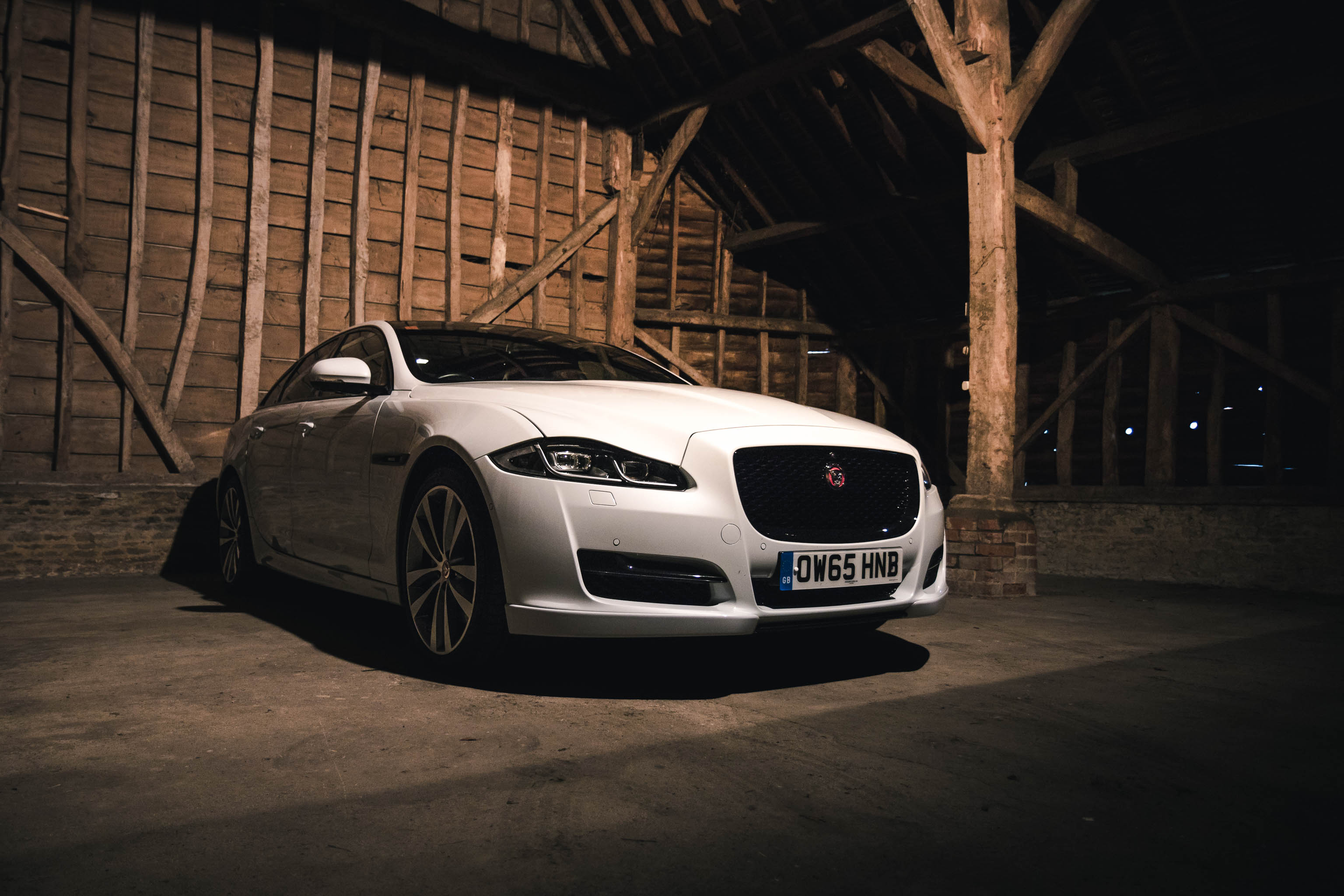
Jaguar has an indelible place in British history and the XJ has an indelible place in Jaguar. Used as transport by multiple Prime Ministers and even driven by the likes of James Bond himself (as he chauffeurs M around in Skyfall), in many ways the XJ is the quintessential British car. it perhaps reflects how we like to think of ourselves; refined, sophisticated, comfortable, confident – but a little bit thirsty and quirky and sometimes, in the British Leyland days, less than 100% reliable.
The enduring popularity of these great cars is evident, even at this year’s Geneva motor show, where the bespoke, stunning recommissioning of a 1984 XJ, by Jaguar Classic for Iron Maiden drummer Nicko McBrain, took centre-stage on the jaguar Classic stand.
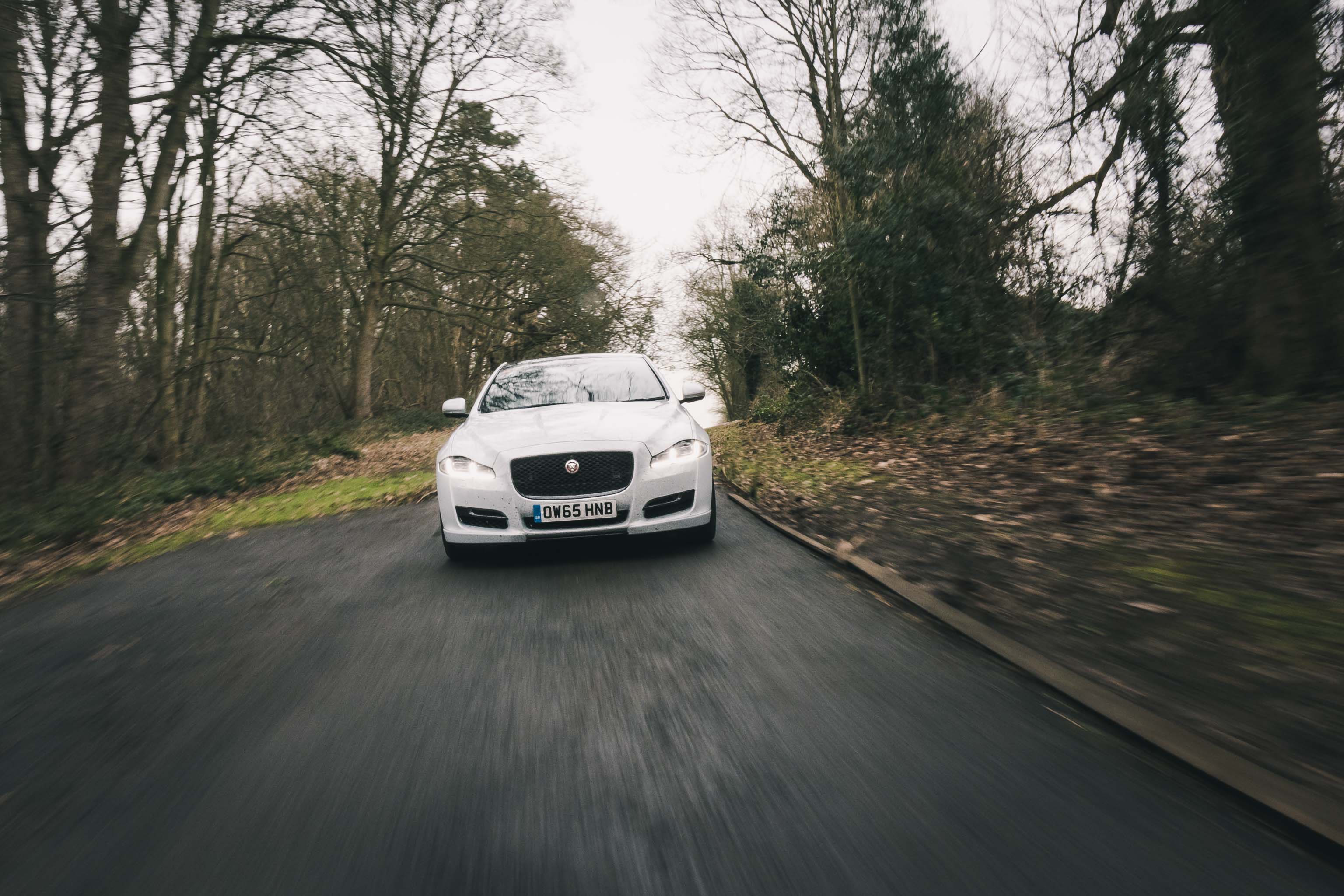
From the early Series 1 classics to the hugely adept X351 the XJ series has been a long-running success story for the Coventry brand, taking on all comers in the luxury saloon category and wafting across continents with understated ease, a bastion of Britishness in a segment dominated by Germans and a testament to Lyons’ original vision.
Huge thanks to Robert Hughes of Robert Hughes Autos and Danny Sangar of Jaguar West London for their insight into the world of the XJ, Robert Kemp from the Jaguar Drivers Club for his overview of the model and to Jaguar UK for showing us how accomplished the current XJ is.
CLICK TO ENLARGE


















